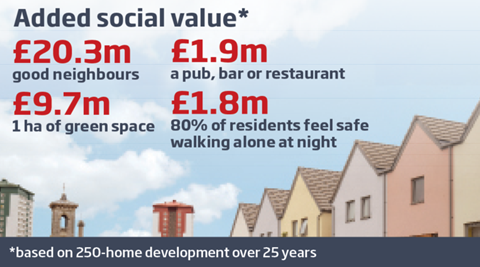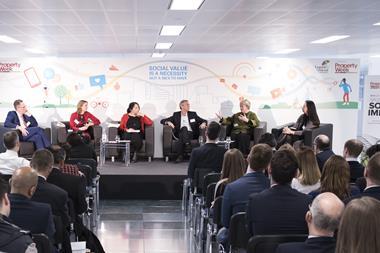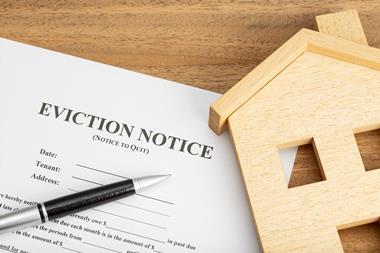How much social value, in pounds, does a new housing development generate over 25 years?

It is not an easy question to answer, largely because it is hard to quantify the value of factors such as the use of community facilities, having friendly neighbours or feeling safe walking alone at night.
However, housebuilder Redrow aims to do just that with a ‘social value calculator’ it has developed in partnership with research consultancy Simetrica. The move follows a change in its customer-facing branding to ‘A better way to live’ 18 months ago.
“It’s quite an abstract statement, so we wanted to quantify the positive outcomes of our new developments,” says Rob Macdiarmid, Redrow’s group sustainability director. “A lot of people at Redrow talk about our placemaking and we wanted to find out what that actually meant.”
That is where Simetrica came in. “Redrow told us the [social value] characteristics it was interested in, data on some of which was already available on big national datasets,” says Dora Radosevic, economist at Simetrica.
Give us your views - The impact of social impact in 2019
“Data was not available on a few characteristics, so we surveyed Redrow customers to see how much people cared about the things not already valued into their house price.”
To translate the results into monetary values, Simetrica adopted some of the methods used by the government to quantify the social impact of its policies, as outlined in HM Treasury’s Green Book.
Wellbeing factors
Simetrica asked people to rate how much certain characteristics of where they lived contributed to their wellbeing compared with others, then used a standardised method to estimate the relative monetary value of that characteristic. Instead of relating to the value of a scheme or a property, this provides a more abstract insight into how much impact specific factors have on people’s wellbeing.
It found that a well-designed housing development with good neighbours who speak to each other regularly and welcome new residents could generate just over £34m of social value. The ‘good-neighbour effect’ contributed £20.3m to this total, which was based on a 250-home development over 25 years.
The tool also calculated that having 1 ha of green space could contribute £9.7m of social value, while having a pub, bar or restaurant could contribute £1.9m. Meanwhile, a scheme where 80% of residents felt safe walking alone at night could generate £1.8m.
“A lot of people at Redrow talk about our placemaking and we wanted to find out what that actually meant”
“We were quite surprised to see how much impact community has on people’s lives and we are now working to develop ‘community plans’ for each of our schemes,” says Macdiarmid.
He adds that in the future, Redrow could use the tool to assess which facilities would create most social value in a particular area at the pre-planning stage.
“Historically, housebuilders completed a scheme and were on to the next development – this challenges that. Maybe we have a longer-term role to play.”





























No comments yet